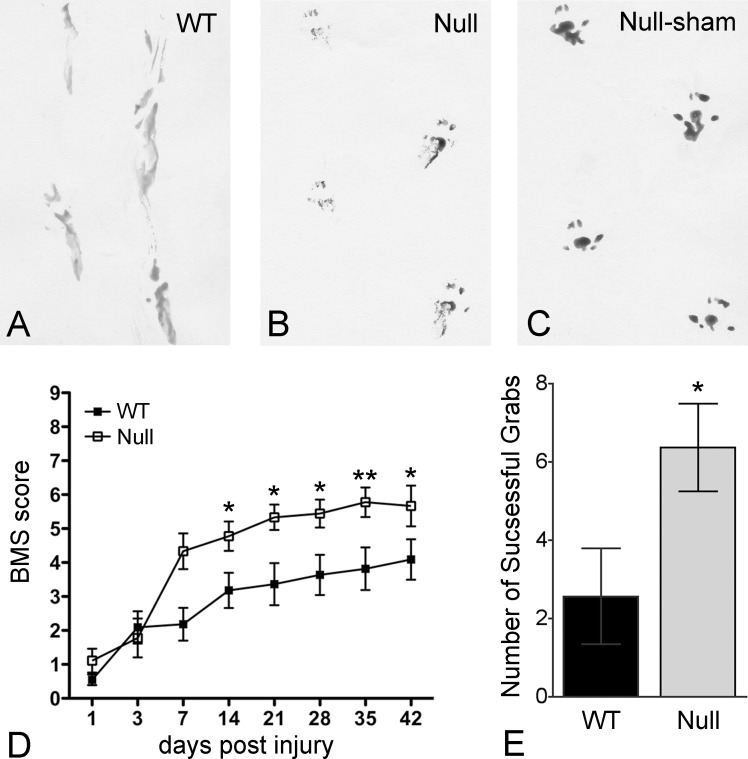Fig 3. Improved motor function recovery in PAR-1 null mice after spinal cord injury.
Representative pawprints show the walking patterns of the injured wild-type (A) and PAR-1 null mice (B) 42 days post injury as well as that of the uninjured PAR-1 null mice (C). After spinal cord injury, dragging of the hindlimbs with poor coordination is evident in the wild-type mice, whereas considerable improvement with weight-bearing stepping and slight external rotation of the hindpaws is consistent in the PAR-1 null mice. Injured PAR-1 null mice also show significant locomotor recovery, assessed by the Basso Mouse Scale, as compared to the wild-type mice (D). This result parallels the better performance of PAR-1 null mice on the inclined grid (E). (n = 10/genotype, means ± SEM, 2-way ANOVA for locomotor assessment, unpaired Student's t-test for inclined grid, *p < 0.05, **p < 0.01).

